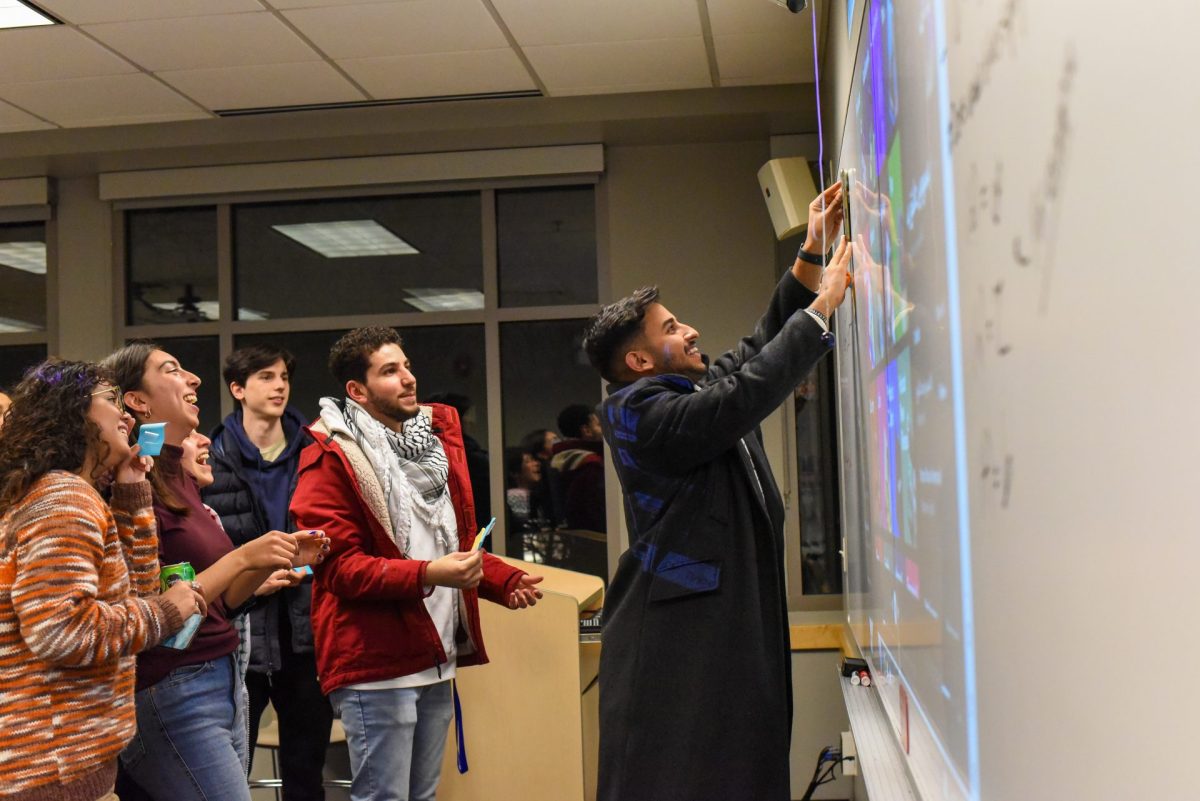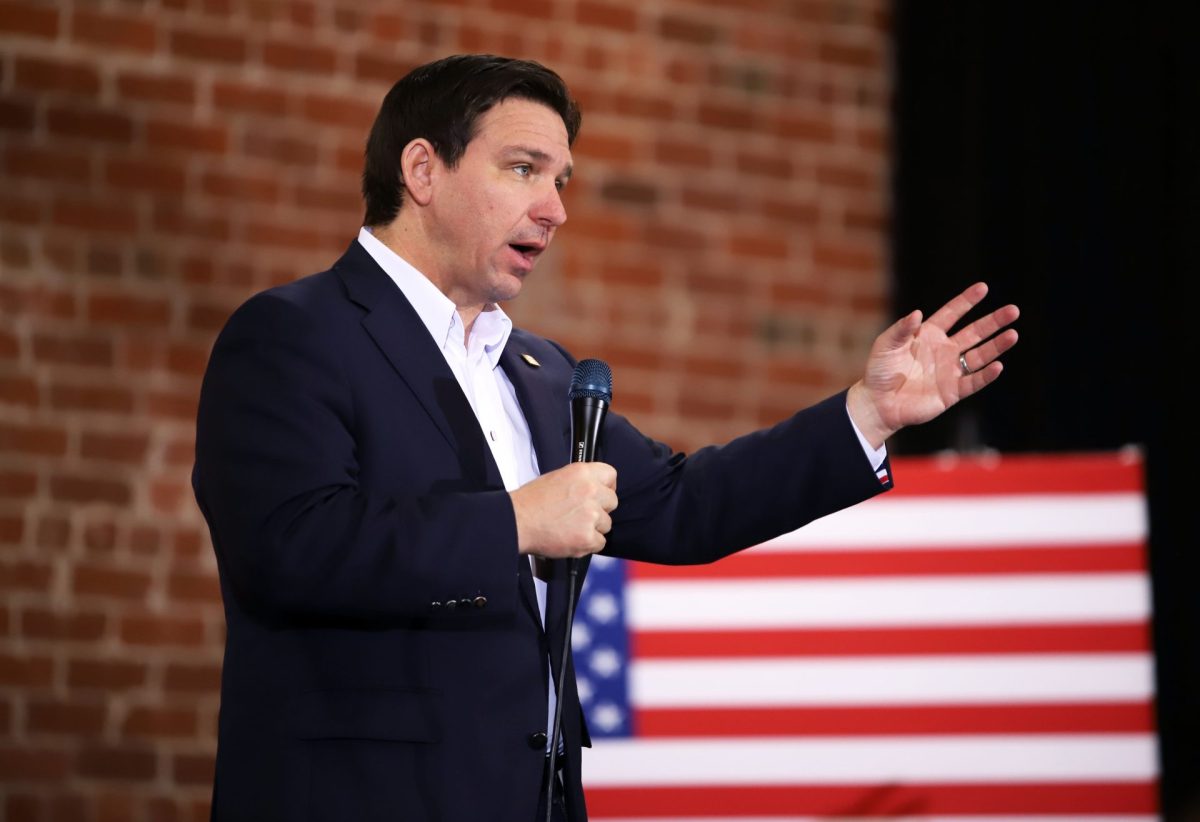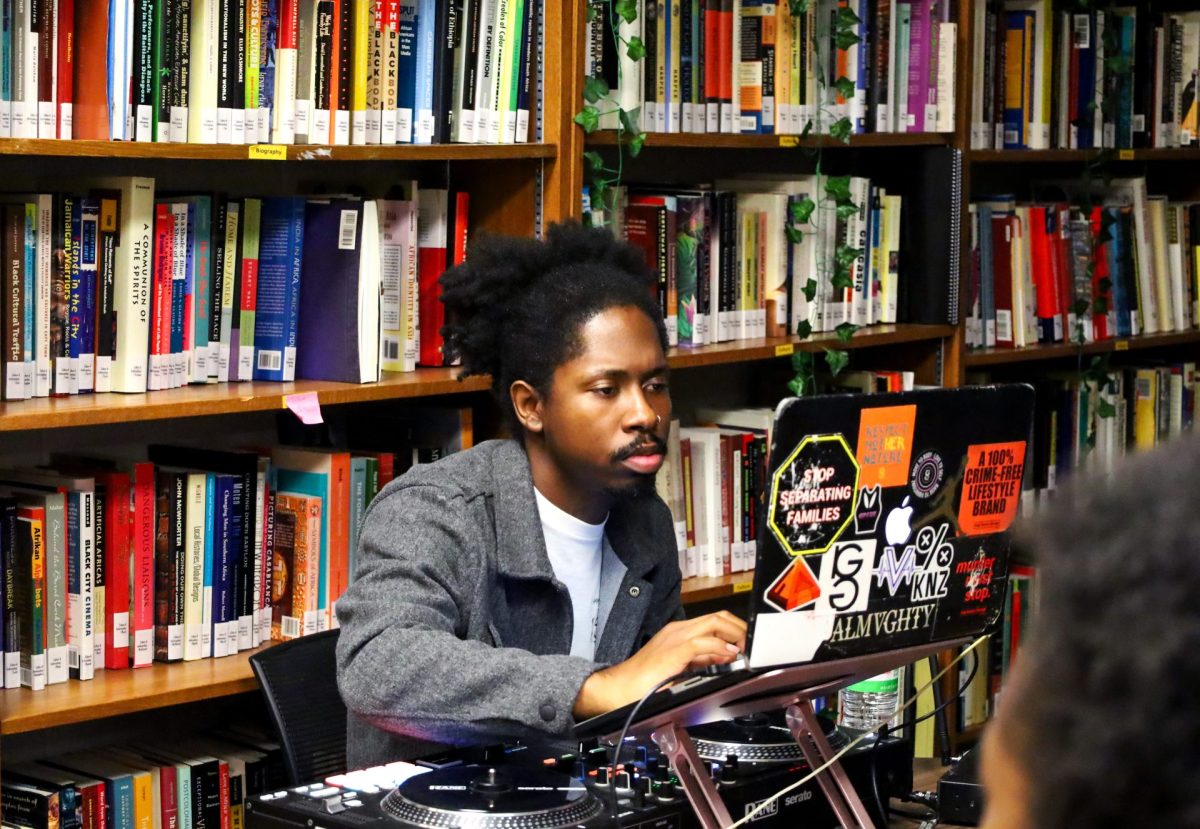Gay pride parades everywhere in the United States were a bit more festive this year after the June 26 Supreme Court decisions that gave federal benefits to married same-sex couples and allowed same-sex marriage to resume in California.
“The symbolic weight of the rulings is undeniable,” Thomas Foster, DePaul history professor who specializes in women, gender and sexuality in early America, said. “Marriage has long been viewed as foundational to society, and the court declared that denying it to gays and lesbians denigrates their relationships, and, in a very moving statement, emphasized the harm that such discrimination does to the children in those households today.”
The right for same-sex couples to get married in California, the state with the largest population, is no doubt significant to the political and social history of the country, but it is hardly the first major gain for supporters of gay rights. The Gay Rights Movement in the United States has a long history marked by victories on both sides of the debate. The divisive social movement has transformed over the years, both gaining and losing supporters and touting new issues all the while.
Marriage equality is one part of the movement, but history shows a wider scope of struggles, protests, victories and court rulings, placing the single issue in the context of an entire movement whose end is nowhere in sight.
“I would caution against collapsing the marriage equality movement . . . with the gay rights movement,” Foster said. “It’s unclear what the future holds.”
Although the future is uncertain, here is a look at the movement in the past 100 years, from the first official definition of the word “homosexual” to the Supreme Court rulings June 26.
ξ
The Gay Rights Movement during the last century
1909– The word “homosexuality” appears in Merriam-Webster’s New International Dictionary for the first time. It is classified as a medical word and defined as “morbid sexual passion for one of the same sex.” The word “heterosexuality” is not defined until 1923 and is defined as “morbid sexual passion for one of the opposite sex.”
Dec. 10, 1924– The first gay rights organization in the United States is founded in Chicago by Henry Gerber. The group publishes the first gay publication in the country, titled “Friendship and Freedom.”
1948– Alfred Kinsey, a biologist and sex researcher at Indiana University, publishes “Sexual Behavior in the Human Male,” which claimed that 37 percent of men had partaken in homosexual behaviors and that those behaviors were not limited to men who identified as homosexual.
Nov. 11, 1950– The first national gay rights organization, the Mattachine Society, is founded by Harry Hay in Los Angeles. The group’s goals included eradicating discrimination and prejudice, integrating openly gay people into mainstream society and creating an “ethical homosexual culture.”
Dec. 15, 1950– In the midst of what became known as the “lavender scare” – the fear of homosexuality and consequent persecution during the 1950s – a Senate report called “Employment of Homosexuals and Other Sex Perverts in Government” was handed out to members of Congress. The report classified homosexuality as a mental illness that posed serious threats to the United States.
April 1952– Homosexuality is classified as a sociopathic personality disturbance by the American Psychiatric Association in the first edition of the “Diagnostic and Statistical Manual of Mental Disorders.” The classification remained for the next 21 years.
April 27, 1953– President Eisenhower signs an executive order declaring that gay Americans pose security risks for the country and, therefore, cannot work for the federal government or any of its private contractors.
Sept. 21, 1955– Four lesbian couples from San Francisco join together at one couple’s home and form the nation’s first lesbian rights organization, the Daughters of Bilitis. They later started chapters in Chicago, Los Angeles and New York that organized social functions in the safety of their homes and advanced advocacy and research.
Jan. 13, 1958– In one of the first major Supreme Court cases involving gay rights, the court upholds First Amendment rights for LGBT magazine “One: The Homosexual Magazine,” which the U.S. Postal Service and the FBI had declared obscene.
Jan. 1, 1962– Illinois is the first state to decriminalize homosexuality by repealing the sodomy laws.
April 21, 1966– The gay rights group Mattachine Society organizes their first “sip-in” at a bar in Greenwich Village. At the time, the New York Liquor Authority did not allow bartenders to serve gay men and women because they were too “disorderly.” As soon as the Mattachine Society members reveal their sexual orientation, they are refused service.
August 1966– The National Transsexual Counseling Unit, the first peer-run counseling and support group in the world, was established after a riot in a San Francisco cafeteria broke out involving transgender customers and the police.
June 28, 1969– What many consider to be the official start of the Gay Rights Movement occurs when customers at the Stonewall Inn, a gay bar in Greenwich Village, begin to riot after a discussion about their mistreatment by police. A crowd forms in the street amidst shouts of “gay power!” and police are called to the scene. The crowd does not quiet down, however, and the rioting continues for days, gaining more and more support. The event becomes known as the Stonewall Riot.
June 28, 1970– America’s first gay pride parade marks the anniversary of the Stonewall Riot. Members of the New York LGBT community march into Central Park.
January 1974– Kathy Kozachenky, the first openly gay American to hold an elected office, wins an election for a seat on the City Council of Ann Arbor, Mich.
Nov. 8, 1977– Harvey Milk is elected to the San Francisco Board of Supervisors, where he successfully introduces an ordinance protecting people from losing their jobs based on their sexual orientation and successfully campaigns against Proposition 6, which forbade the hiring of gay and lesbian teachers. Milk is assassinated a year later.
1979– John Kuiper, a minister at the Reformed Church of America in New York and openly gay, is granted permanent custody of a 13-year-old boy. Kuiper and his partner Roger Hooverman become the first openly gay couple given the right to adopt.
Oct. 14, 1979– Protesters in the National March on Washington for Gay and Lesbian Rights march to the White House to demand equal civil rights and end the event with a rally near the Washington Monument.
Aug. 11-14, 1980– Politicians at the Democratic National Convention endorse a gay rights platform, becoming the first political party to do so.
March 2, 1982– Wisconsin outlaws discrimination on the basis of sexual orientation, becoming the first state to do so.
March 12, 1987– The AIDS Coalition to Unleash Power (ACT UP) forms. The activist organization focuses on bringing attention to the issue of AIDS and now has thousands of members across the country.
Dec. 21, 1993– The U.S. Department of Defense enacts the “Don’t Ask, Don’t Tell” policy, denying gay and lesbian service members the right to be open about their sexual orientation and to engage in homosexual acts.
Sept. 21, 1996– With President Clinton’s signature, the Defense of Marriage Act becomes a law that defines marriage as a legal union between a man and a woman. The law does not prevent states from allowing same-sex marriage, but it does not require that a marriage in one state to be valid in another state.
Jan. 3, 2000– California begins registering domestic partners, giving gay couples the rights to hospital visitation and health insurance coverage for government employees.
March 7, 2000– A majority of Californians – 61 percent – vote in approval of Proposition 22, legally defining marriage as a union between a man and a woman only.
April 26, 2000– Vermont legalizes civil unions and registered partnerships between same-sex couples, becoming the first state to do so.
May 18, 2004– Massachusetts becomes the first state to legalize gay marriage after declaring the ban on gay marriage unconstitutional.
Aug. 12, 2004– After San Francisco mayor Gavin Newsom tells city officials to give out marriage licenses to same-sex couples, the state Supreme Court revokes the nearly 4,000 licenses.
Nov. 4, 2008– California voters again vote against gay marriage and in favor of Proposition 8, which makes same-sex marriage in the state illegal.
June 17, 2009– President Obama signs a memorandum allowing the partners of gay and lesbian federal employees to receive certain federal benefits, but it does not grant them full health coverage.
Aug. 4, 2010– A federal judge in San Francisco rules that Proposition 8 is unconstitutional, which is soon challenged by lawyers at a higher court.
Sept. 20, 2011– The “Don’t Ask, Don’t Tell” policy is repealed, and all active service members in the military can now be open about their sexual orientation.
June 26, 2013– The U.S. Supreme Court gives federal benefits to same-sex couples across the country and declares Proposition 8 unconstitutional, allowing same-sex marriage to resume in California.







